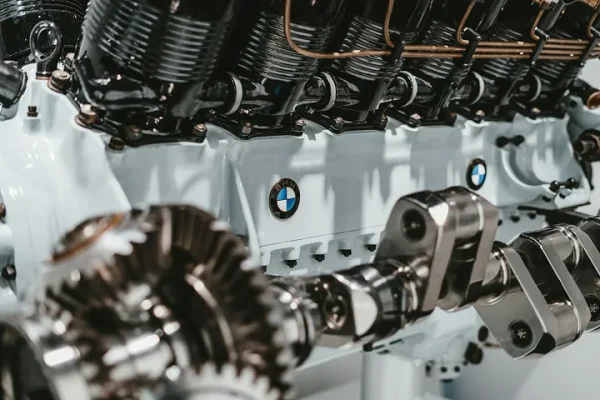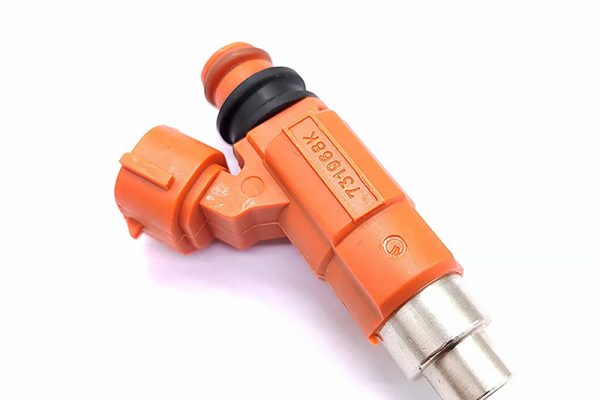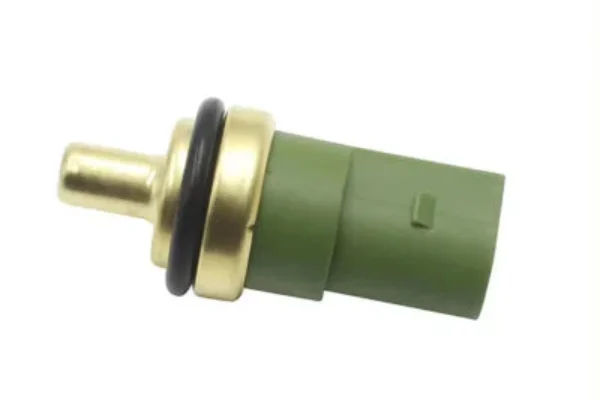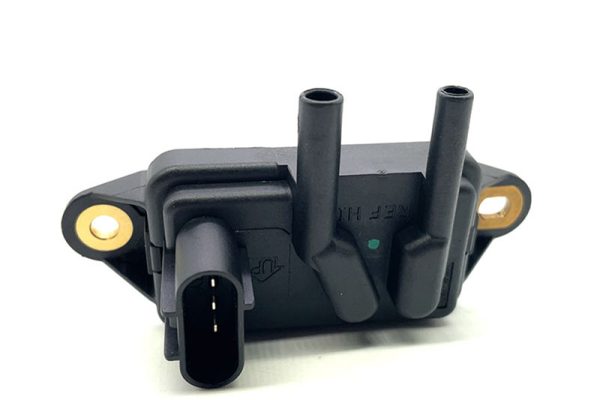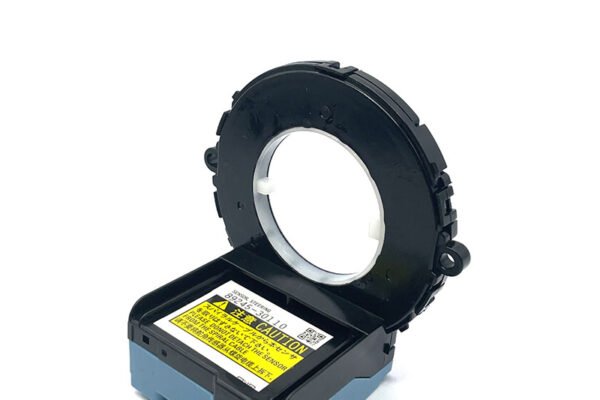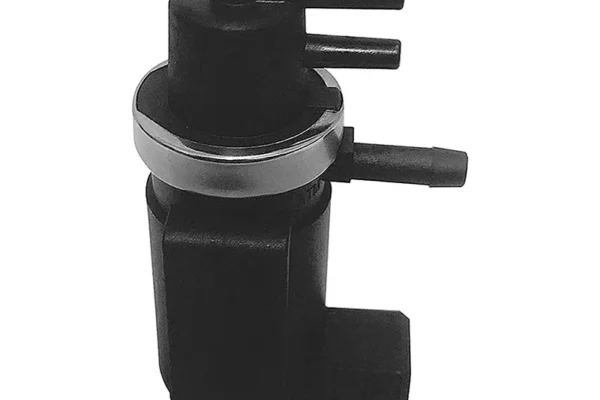In today’s turbocharged world, the turbocharger solenoid valve plays a crucial role in how efficiently an engine performs. It’s a small but vital component in managing boost pressure and ensuring that turbochargers deliver power safely and consistently. But what happens when this part fails? Is it expensive to fix—and more importantly, what should parts distributors and wholesalers know about its cost and demand?
The Real Cost of Repair: Not What It Seems
At first glance, fixing a turbocharger solenoid valve may seem costly. For drivers visiting repair shops, replacement often includes both parts and labor, with final bills reaching $200 to $600 depending on the vehicle. But the actual solenoid valve itself, especially when sourced in bulk from aftermarket suppliers, typically costs anywhere from $15 to $60.
That’s a key distinction. While labor and diagnostic time drive up the cost for end users, the part alone is relatively inexpensive—particularly for B2B buyers. For wholesalers, mechanics, or parts resellers, the solenoid valve presents a strong opportunity: it’s a high-demand item with healthy margins when sourced correctly.
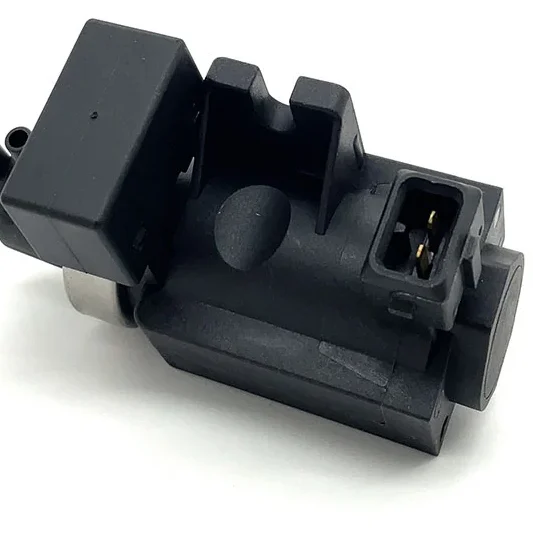
What Affects the Price?
Not all turbo solenoid valves are created equal. The price and complexity of replacement depend on several key factors:
- Vehicle Brand and Engine Type
Luxury or performance vehicles often use more complex turbo control systems, which means turbocharger solenoid valves.This means that those valves, like those turbo solenoid valves for BMW series, may have a higher price. - OEM vs. Aftermarket
OEM parts typically carry a premium, while aftermarket or OE-quality versions—when produced by reputable factories—can offer comparable performance at a fraction of the cost. - Integrated Sensors
Some valves come with built-in pressure sensors or actuators. These versions tend to cost more and require precise manufacturing standards. However, standalone solenoids for simpler systems remain low-cost and widely interchangeable. - Availability and Sourcing Channel
B2B buyers who work with reliable global suppliers often enjoy lower unit costs, better MOQ flexibility, and access to fast-moving SKUs—especially for popular turbocharged engines.
Why Demand Is Steady—and Growing
Turbocharger solenoid valves are wear-and-tear items. They are electronically controlled and operate in high-heat, high-vibration environments. Over time, internal seals can fail, electronics may degrade, or the valve can get stuck due to oil contamination.
Common symptoms include:
- Check engine light (often for underboost conditions)
- Delayed throttle response
- Poor fuel efficiency
- Hissing or whistling sounds from the turbo system
These issues often require immediate attention, which makes these turbo solenoid valves a fast-moving replacement item—ideal for parts sellers to keep in stock.
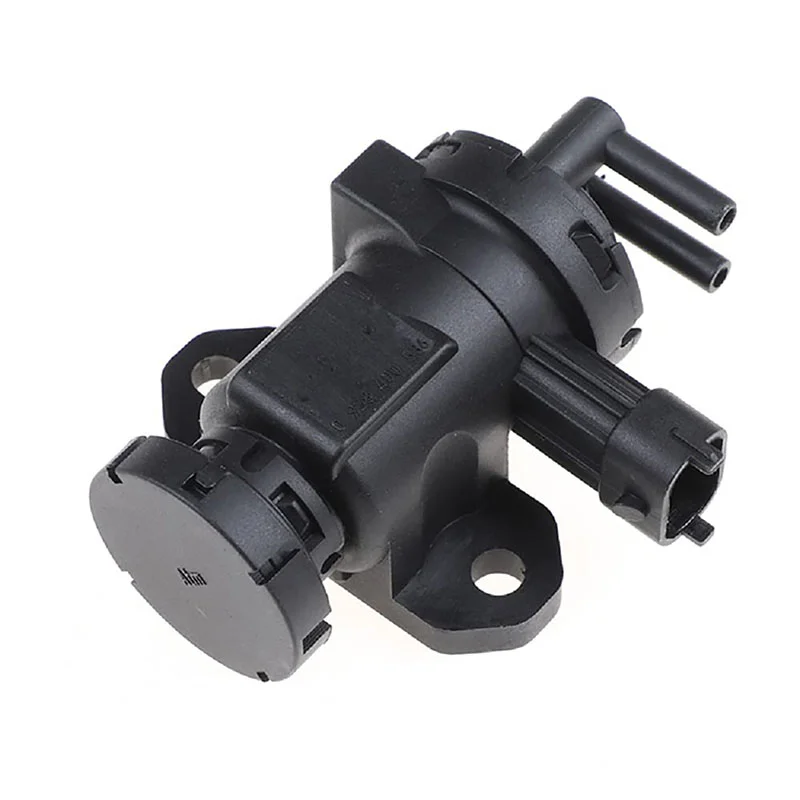
What Smart B2B Buyers Should Do
For parts distributors, the question isn’t “is it expensive to fix?”—it’s “how profitable is it to supply?” In fact, smart buyers focus on:
- Stocking the most frequently failed turbo solenoid valves for brands like Volkswagen, BMW, Ford, and Nissan
- Partnering with aftermarket factories that offer OE-level performance and can customize packaging, barcodes, or even part numbers for reseller branding
- Buying in volume to secure stable pricing, especially during peak demand seasons
Margins remain attractive, especially when labor costs are not a factor. Many B2B buyers in regions like Latin America, Eastern Europe, and the Middle East have seen strong returns by focusing on turbo-related components.
Conclusion: Fixing May Be Costly—But Supplying Isn’t
While turbocharger solenoid valve repairs can seem expensive for drivers, that cost lies mostly in labor—not in the part itself. For B2B buyers, this creates a compelling opportunity. When sourced from dependable aftermarket manufacturers, these valves are affordable, high-demand, and easy to handle in logistics.
Whether you’re a wholesaler, fleet maintenance provider, or distributor, adding turbo solenoid valves to your catalog isn’t just smart—it’s profitable.
FAQ
Q1: What causes a turbocharger solenoid valve to fail?
A: Failure is usually due to prolonged heat exposure, oil contamination, or electrical wear. Over time, internal seals may degrade, or the valve may stick due to carbon buildup. In some models, sensor failure or corroded connectors also contribute. Regular maintenance and oil changes help extend its lifespan.
Q2: Can aftermarket turbo solenoid valves match OEM quality?
A: Yes—when sourced from reputable manufacturers, many aftermarket valves meet or even exceed OE specifications. They often use high-temperature materials, precision-molded housings, and tested electronic components. For B2B buyers, choosing ISO-certified suppliers ensures long-term reliability and performance consistency.
Q3: How do I know which solenoid valves to stock in bulk?
A: Start with high-failure-rate applications. Analyze local market vehicle data, workshop feedback, and scan tool error codes. Focus on fast-moving SKUs and maintain minimum inventory for urgent orders.



